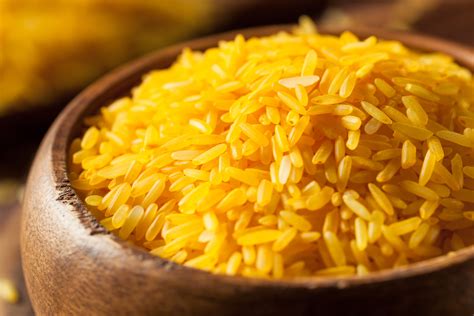Golden Rice has been heralded as a means to combat vitamin A deficiency — a major health issue in developing countries where rice is a staple. Despite the optimism surrounding its nutritional benefits, the rice variety has spurred a broader debate about the use of genetically modified (GM) crops. Proponents argue that Golden Rice is an essential tool to alleviate malnutrition since it is biofortified to produce beta-carotene, a precursor of vitamin A, which white rice lacks. However, critics, including notable organizations like Greenpeace, argue against the safety of GM crops, employing the often-debated stance that these crops have not been proven safe, a notion that inherently challenges the framework of scientific proof since proving a negative is scientifically arduous.
Cultural acceptance of Golden Rice varies across different regions in Asia, where rice isn’t just a food but a pivotal element of cultural identity. The alteration of such a fundamental aspect of diet introduces not only a scientific trial but also a deep cultural dialogue. Adaptation in places like the Philippines might be swifter due to existing dietary variations like fried rice, where the yellow hue of Golden Rice might appear mundane. However, this doesn’t negate the overarching skepticism that accompanies modified food products. The aesthetic and traditional food values hold significant sway over consumer choices, affecting the adoption rates of biofortified foods.
The debate extends beyond health and cultural acceptance to issues of economic dependency and intellectual property. For instance, the creators of Golden Rice have attempted to ameliorate ownership concerns by allowing free licenses to subsistence farmers and setting a clear threshold for commercial use. Yet, this opens up a Pandora’s box regarding how modern agriculture intertwines with corporate interests, where seed and farming technologies are often controlled by a handful of powerful corporations. Moreover, the fact that farmers are allowed to keep and replant seeds under certain conditions does not fully address the long-standing critique of dependency created by patented seeds.
Moreover, alternative solutions to vitamin A deficiency, such as diverse diets or supplementation, are often overshadowed by the drive for a single ‘silver bullet’ solution like Golden Rice. Historical parallels are drawn with the Green Revolution, which while boosting agricultural output through new technologies and high-yield varieties, also led to increased dependence on chemical inputs and impacted traditional farming systems. The promise of a technological fix often undervalues the complex web of nutritional, environmental, and social factors that contribute to malnutrition.
As the discourse around Golden Rice continues, it highlights the crucial need for a multifaceted approach to global nutrition challenges. While the technological innovation represented by Golden Rice offers significant potential, it must be integrated thoughtfully within broader strategies that recognize and address the socio-economic dimensions of food security. Ensuring the safe deployment of GM crops while maintaining biodiversity and empowering local farmers with knowledge and rights over their agricultural practices is pivotal. The journey of Golden Rice from a laboratory idea to a field-grown crop reflects the dynamic interplay between science, policy, and public perception, necessitating an informed and nuanced public dialogue.


Leave a Reply